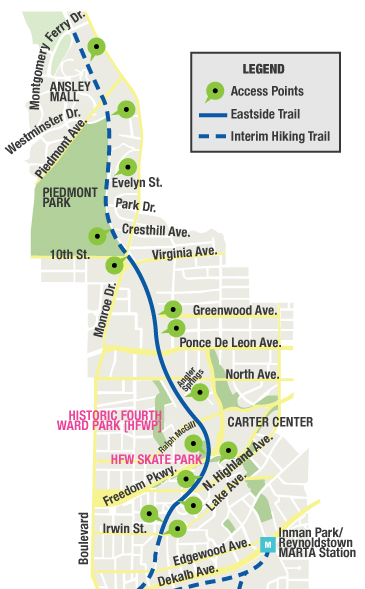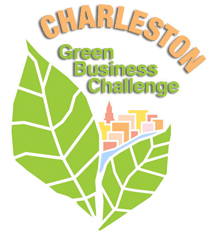It’s been a while since I’ve posted here on this blog. We’ve been busy at CityCraft Ventures and I just hit my one year mark at the organization. Time flies when you’re having fun! We’ve been working on some exciting projects and I’ll be sharing more in the coming months. Looking forward to blogging a little more. There is no shortage of content, that is for sure!
An exciting project I’ve been working on is the strategic collaboration and partnership between CityCraft Ventures and EcoDistricts. We’re going to partner together in select cities across North America and will bring on board several other national organizations as part of the larger collaborative effort as time moves forward (stay tuned for more on that). Our first collaborative effort together will be a strategic collaboration as part of the EcoDistricts Target Cities Program. This collaboration was announced last week at the Clinton Global Initiative in Denver.
Some history on me and EcoDistricts: I first became interested in EcoDistricts when I met Rob Bennett back in 2012. Rob was at the time, the Executive Director for the Portland Sustainability Institute which later morphed into the EcoDistricts organization. Rob is now CEO at EcoDistricts. He was touring the Noisette Community with Noisette and CityCraft CEO, John L. Knott, Jr. I was very much interested in learning more about the EcoDistricts concept. I saw an opportunity to bring the idea and process to the Charleston region, helping cities accomplish sustainable development and deliver on a diverse set of sustainability initiatives. In my role as Green Cities Program Manager at The Sustainability Institute (SI) I worked with municipalities to advance their sustainability goals. I saw EcoDistricts as an opportunity to do so at the neighborhood level, allowing a geographic scale that was not too large and not too small, similar to the 3,000 acres of the Noisette Community. I attended the EcoDistricts conference and was trained on the EcoDistricts framework in Portland Oregon in 2012. (I previously blogged about this trip). I came back to Charleston energized and full of ideas. I introduced the idea to my team at SI for creating EcoDistricts in Charleston. I subsequently presented the idea to the City of Charleston’s Department of Planning, Preservation and Sustainability. The ideas were pleasantly received and the decision to learn more and move forward was made. We were focusing on the upper peninsula area of the City of Charleston. I was project lead for the Charleston EcoDistricts team and worked to assemble a variety of city leaders to apply for and participate in the EcoDistricts Incubator program (we were successful and were accepted) The EcoDistricts Incubator is a three-day executive level training program for leaders who are improving their cities from the neighborhood up. Through a mix of interactive plenary presentations and facilitated work sessions, the Incubator brings together experts in neighborhood planning, urban design, green infrastructure, project finance and public policy. The role of the Incubator is to curate and present the best ways to help cities work effectively with private, nonprofit and academic partners to implement sustainable neighborhood strategies for their community.
I left SI to become Director at CityCraft Ventures just before the Incubator team traveled to Portland. It was bittersweet leaving SI as I was very attached to the project and to the idea of creating South Carolina’s first EcoDistrict in Charleston. The good news is that the idea and hard work created a strong foundation of energy and support that outlasted my time at SI. The concept and project lives on. I am happy the idea and project has matured and evolved. Today it is has taken root as Charleston UP ( Charleston Upper Peninsula Initiative). I’m excited to watch the project progress.
When I joined CityCraft, I made sure to keep in touch with the EcoDistricts organization and we began discussing ways we may be able to collaborate and work together across North America. CityCraft’s CEO John Knott is on the board for EcoDistricts, was keynote speaker for one of the first EcoDistricts Summits so there was some obvious synergy and opportunity for more collaboration. I attended the EcoDistricts Summit in Boston last year and am now an Advisor for the Global EcoDistricts Protocol. I’ll be headed to Portland Oregon in two weeks for our first advisory committee meeting and am looking forward to that. Stay tuned for more in the coming weeks and months!
Update: March 17, 2015: Charleston UP EcoDistrict article from ULI http://urbanland.uli.org/sustainability/charlestons-upper-peninsula-sustainable-growth-knowledge-based-economy/



































































